TDWI White Paper Library
TDWI maintains this library of white papers as a resource for in-depth research and commentary about the big data, business intelligence, data warehousing, and analytics industry. The content in this repository is crafted by TDWI's software and consulting partners. To find out how your company can promote its content in this library, click here.
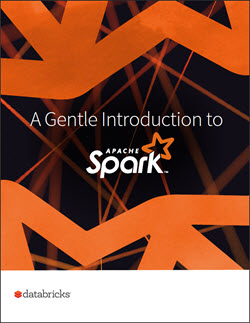
If you are a developer or data scientist interested in big data, learn why Spark may be the tool for you. Databricks is happy to present this e-book as a practical introduction to Spark.
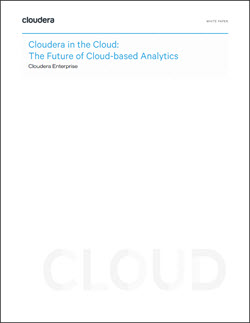
Nik Rouda discusses how Cloudera complements popular cloud services, such as Amazon Web Services (AWS) and Microsoft Azure, and offers the unified platform to organize, process, analyze, and store data at large scale...anywhere.
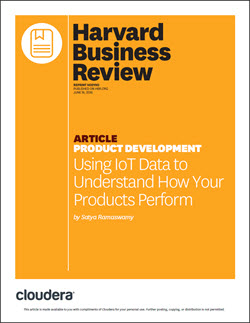
The companies seeing the greatest value from IoT are the best at dealing with how products are performing for customers.

Your data platform choice will ultimately determine the success of all your business and operational goals related to insights.
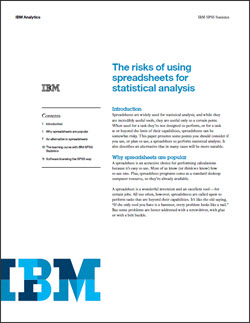
This paper presents some points you should consider if you use, or plan to use, a spreadsheet to perform statistical analysis.
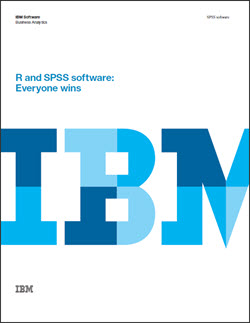
The purpose of this paper is to demonstrate the benefits of using the R programming language with IBM SPSS Statistics and Modeler software rather than simply trying to go it alone with R.
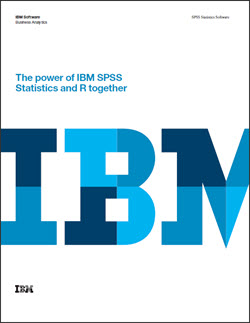
Using IBM SPSS Statistics and R together makes the most of both worlds.